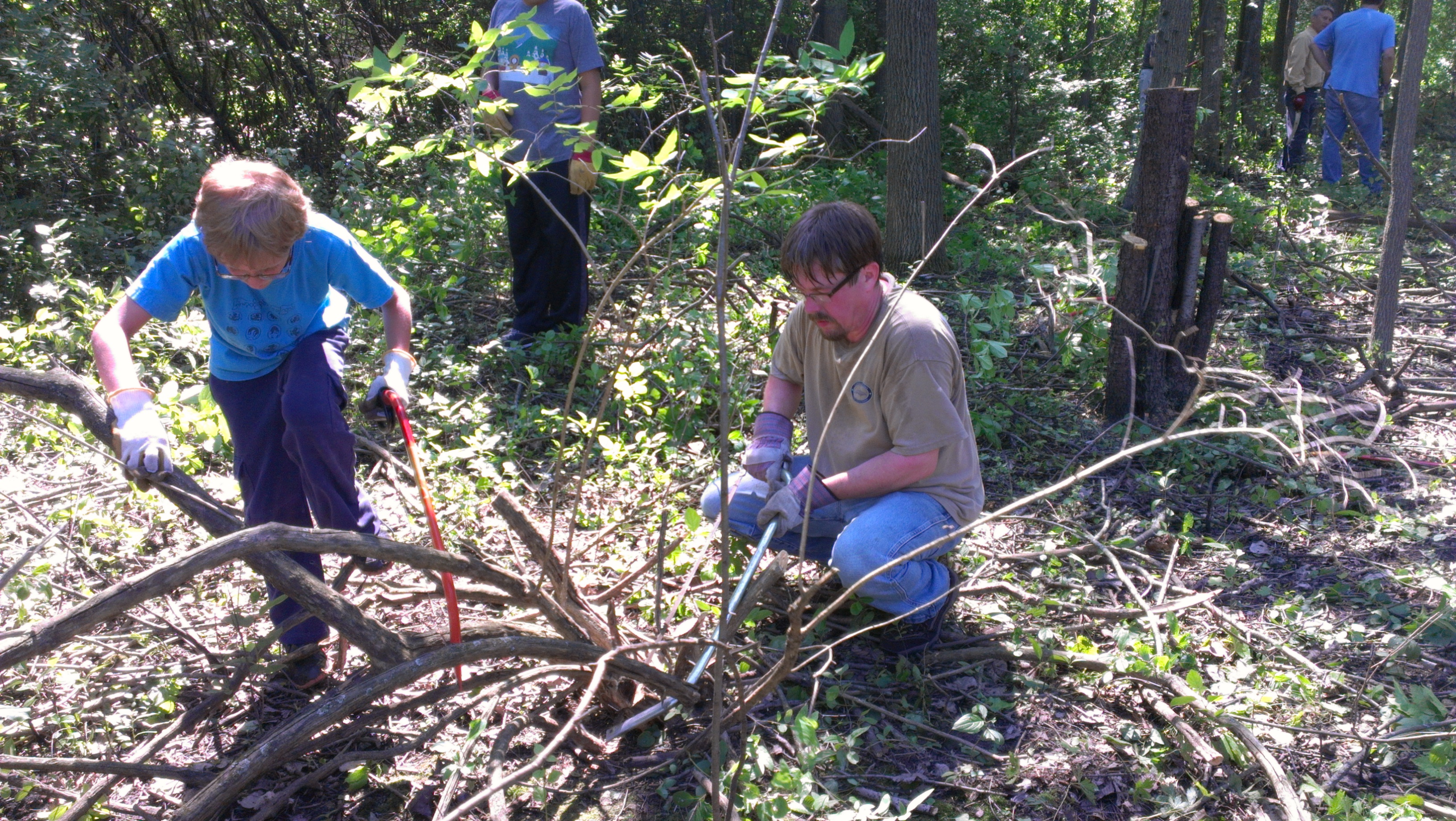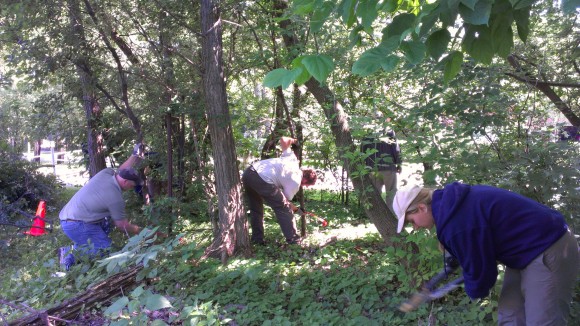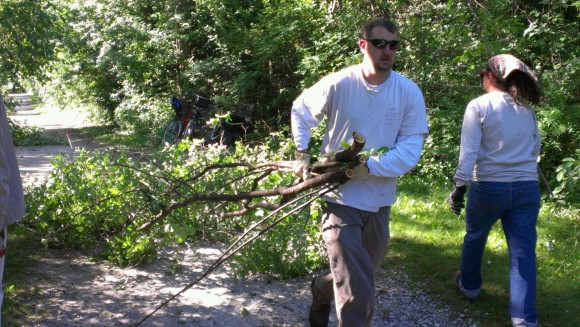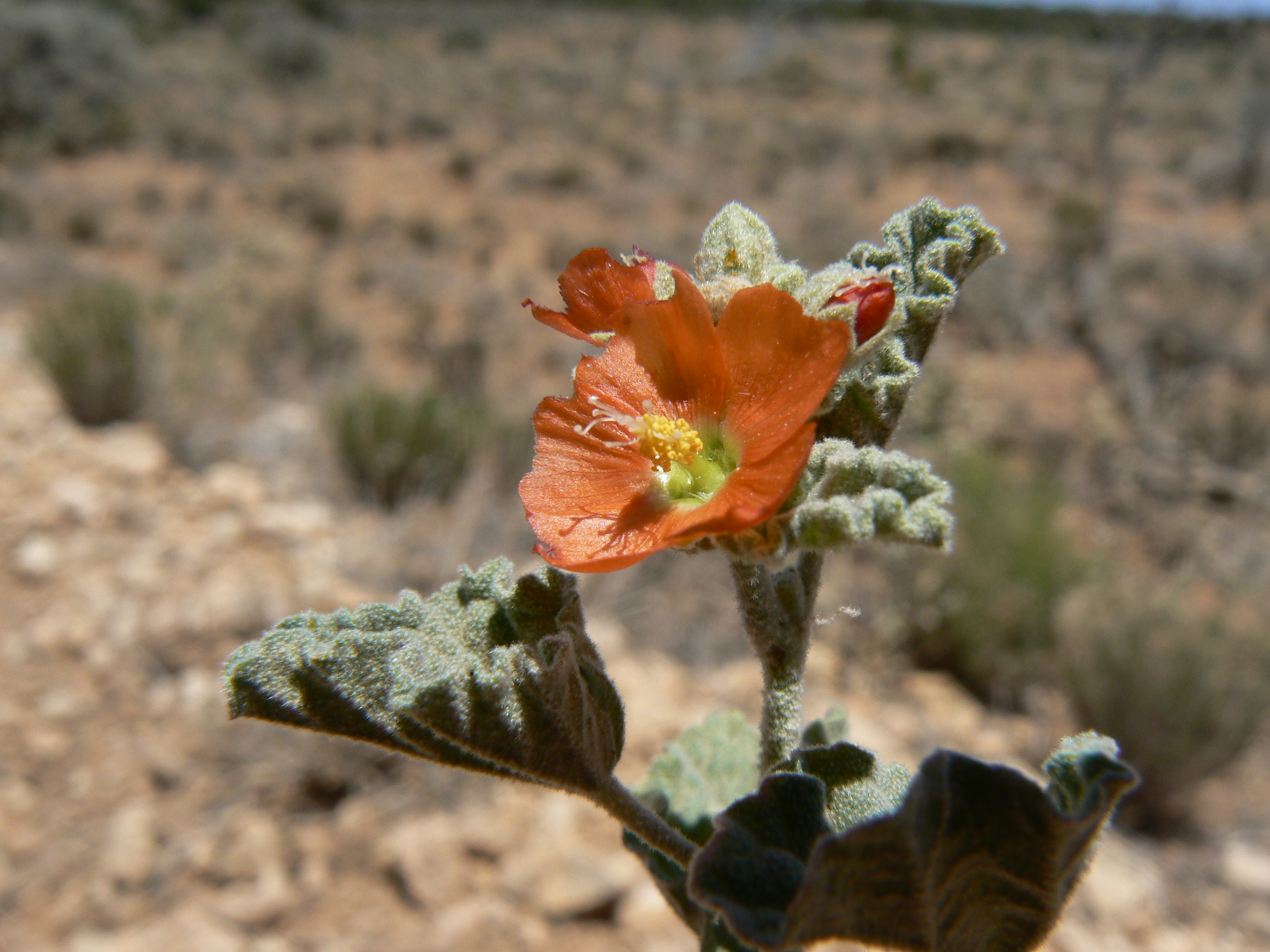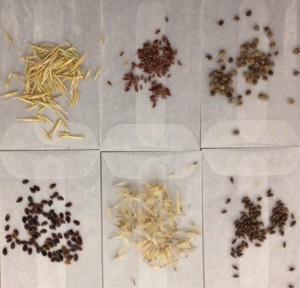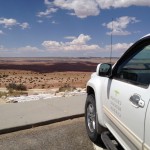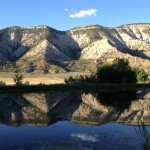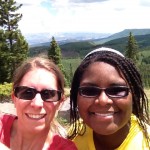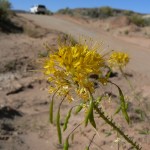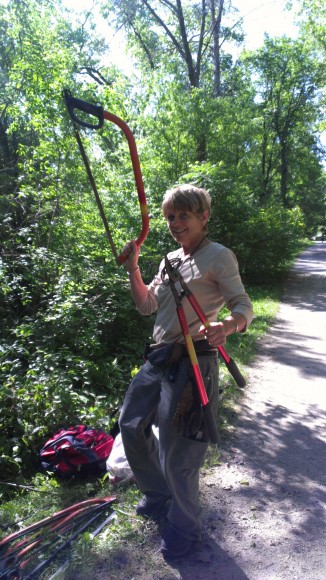
Our weapons: saws and loppers.
Before our might, the foliaged foe fell along a stretch of the Green Bay Trail near the Braeside Metra station.
That’s where a group of 50 of us gathered to vanquish thickets of invasive buckthorn (Rhamnus sp.) on Wednesday, June 19. The removal was initiated by the City of Highland Park and the Park District of Highland Park in partnership with the Chicago Botanic Garden. Ravinia Festival also provided volunteers and space for parking and picnicking afterward.
“This was an ideal place to demonstrate what buckthorn control could accomplish through taking back our beautiful natural surroundings, even in very busy settings,” said Rebecca Grill, natural areas manager for the Park District. The area links two major cultural institutions serving the community, the Garden and Ravinia. It is also near a planned bike path for cyclists and pedestrians that eventually will extend to the Garden, connecting the North Branch and Green Bay Trails.
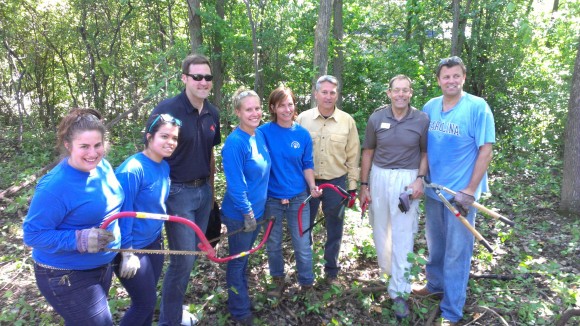
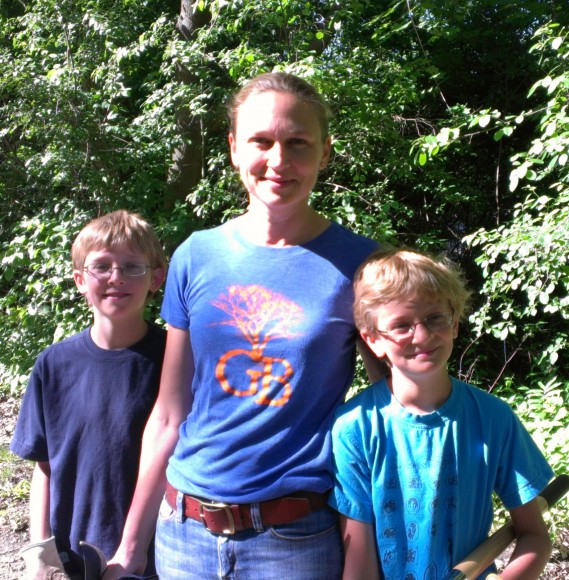
From 9 to 11 a.m. we sawed, chopped, cut, tugged, pulled, dragged, and stacked so much buckthorn that by the time a break was called, some piles were as high as me (5 feet), extending in an impressive line down the trail. Joggers, walkers, and cyclists made their way past the activity, occasionally cheering on the workers, including Garden President and CEO Sophia Siskel and her sons.
Why has buckthorn become such a problem in the Midwest? It’s the story of a plant species imported for perceived benefits that runs amok, crowding out less aggressive native plants and altering the landscape. Buckthorn arrived in the United States in the mid-1800s, brought from Europe as an ornamental plant admired for its thick, long-lasting foliage and fast growth. Native birds relished the fruits of the tall shrub and helped to disperse them. Once scattered, the seeds could remain dormant for as long as six years. In contrast to native plants, buckthorn supports almost no native invertebrates, like butterflies and moths, many of which are either food for native animals or serve as important pollinators. Soon buckthorn expanded far beyond its original boundaries of home landscapes and farms—where it was used as a windscreen—crowding out native plants, changing nutrients in the soil, and threatening native habitats.
How much buckthorn did we eliminate? Rebecca estimated that our group cleared 1,500 feet of trail—more than a quarter-mile. At 2:30 p.m., she and her crew were still feeding the cut plants into a wood chipper, making sure the chances of reseeding are minimal. They also selectively applied herbicide to the remaining stumps. In the future, they plan to monitor the area for the return of native wildflowers, seeding if necessary.
I live near the trail and run along it often. Already I have enjoyed seeing how the sunlight filters into this new clearing, reaching areas that will soon flourish with returning “natives.”
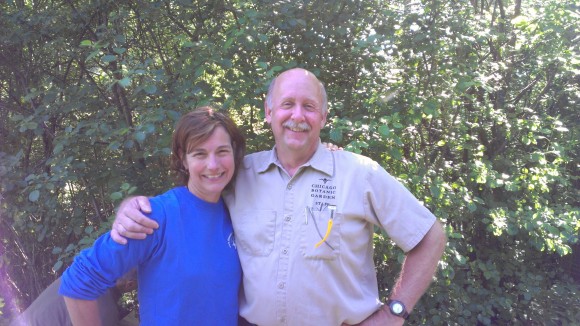
Learn more about invasive species on the Garden’s website. For information about future buckthorn workdays, contact Liz Ettelson at the Park District of Highland Park (eettelson@pdhp.org).
©2013 Chicago Botanic Garden and my.chicagobotanic.org

